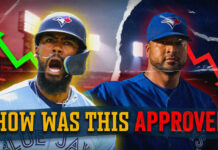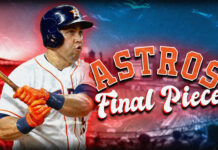
The NBA’s viewership has slipped into a peculiar twilight zone. Despite showcasing extraordinary talent, the league’s audience numbers have dwindled like a LeBron James hairline – noticeable, concerning, and impossible to ignore. National viewership for the 2024-25 regular season dropped by 2%, averaging 1.53 million viewers across ABC, ESPN, and TNT. Like a shooter who can’t find his rhythm, the league’s connection with fans needs adjustment.
Muted Games: Abusive Refs and Drama Vacuum
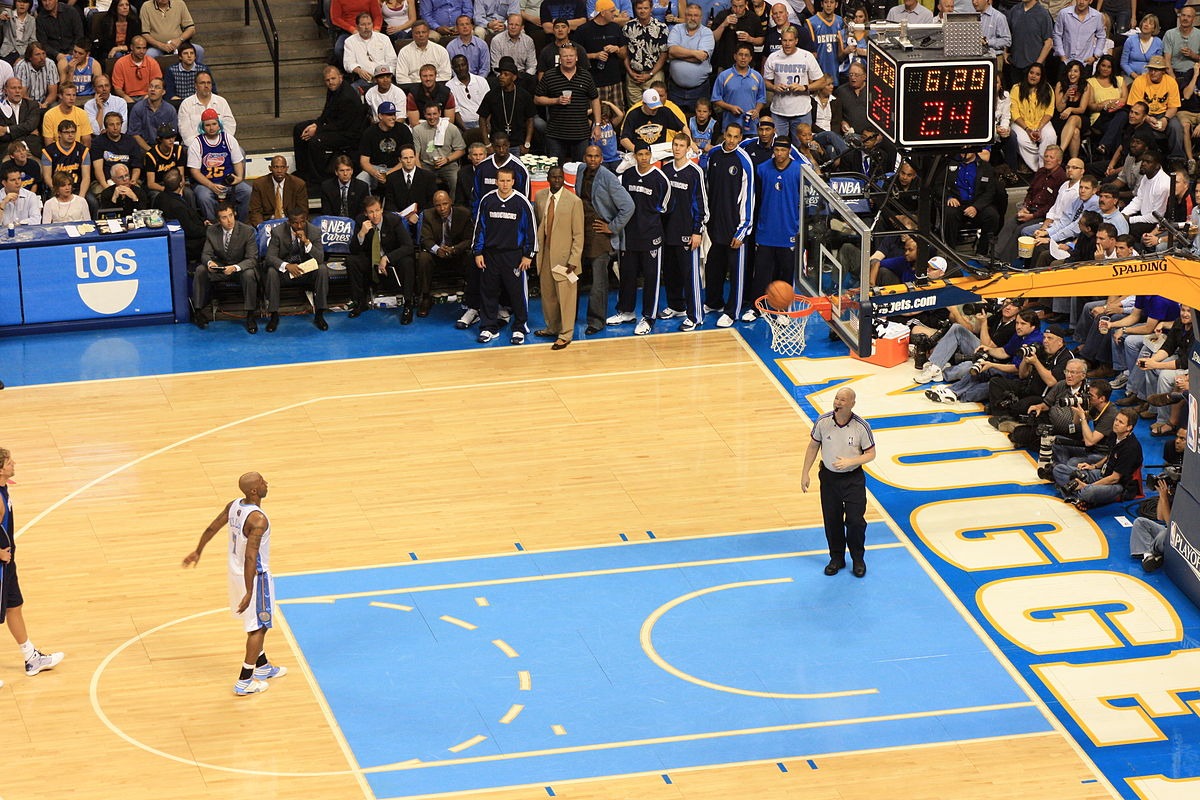
Today’s NBA officiating suffocates natural excitement. Refs distribute technicals like Halloween candy for expressions that wouldn’t raise eyebrows at a chess tournament. This approach has reduced fights but killed authentic emotion.
Officials have transformed the game into something resembling a corporate retreat’s trust-building exercise. Meanwhile, UFC events frequently outdraw NBA Finals. Fans hunger for raw competition with genuine emotion, not performances managed by whistle-happy bureaucrats in striped shirts.
Rivalries Lost: The Era of Player Mobility
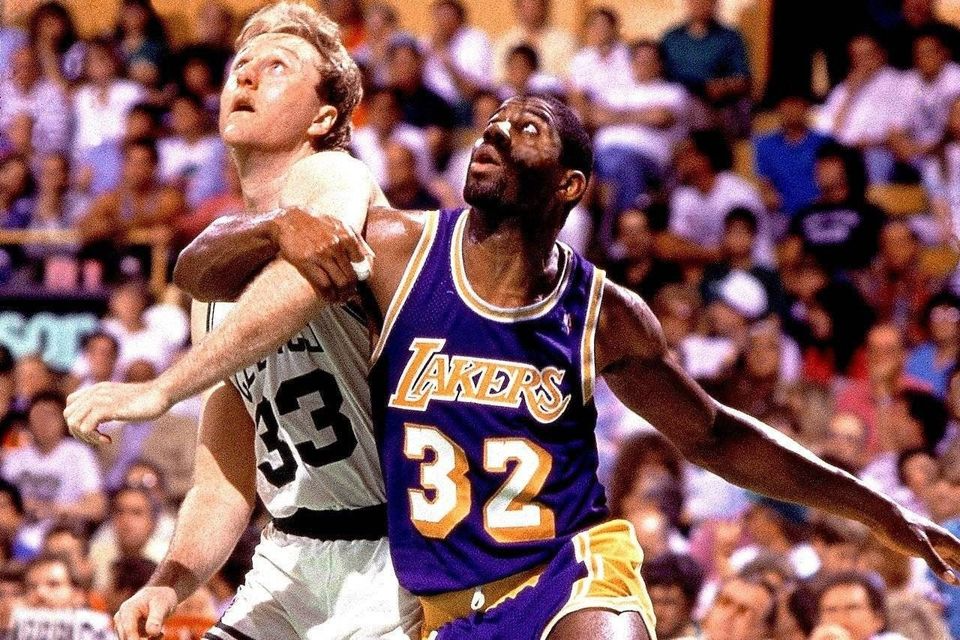
Stars switch teams with the same frequency millennials change apartment leases. This constant reshuffling makes emotional investment nearly impossible. When the Curry-LeBron rivalry dominated screens, viewership soared. The absence of authentic blood feuds has turned the regular season into 82 episodes of a show without a coherent plot.
Broadcast Barriers: Navigating League Pass Frustrations
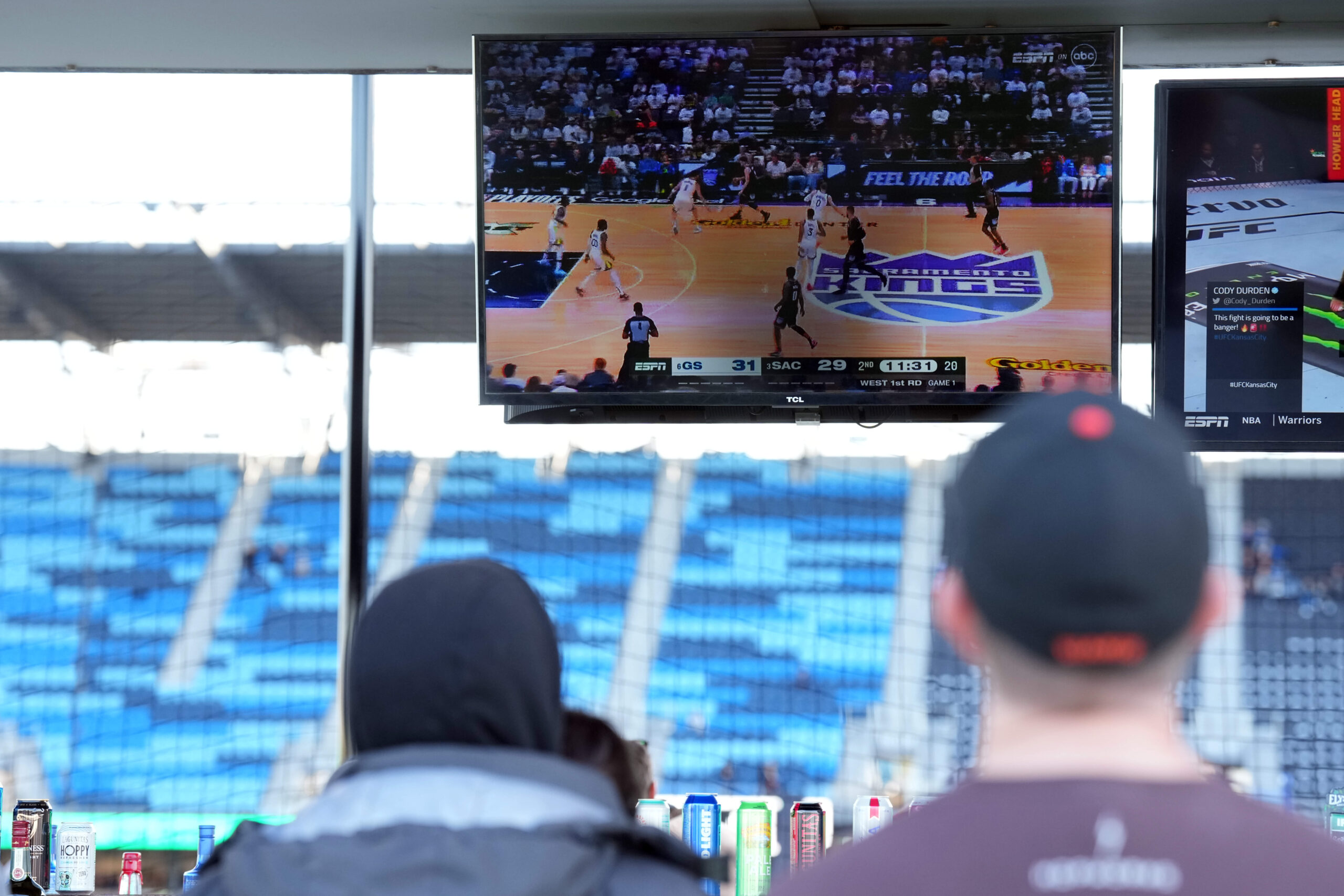
NBA League Pass frustrates subscribers like a streaming service buffering at a thriller’s climax. Regional blackouts prevent fans from watching local teams despite paying premium prices.
Distribution across various platforms creates a bewildering maze. Viewers face more barriers than a parkour obstacle course. Many choose entertainment options that don’t require a broadcasting degree.
Disconnected Stars: Apathy on the Hardwood
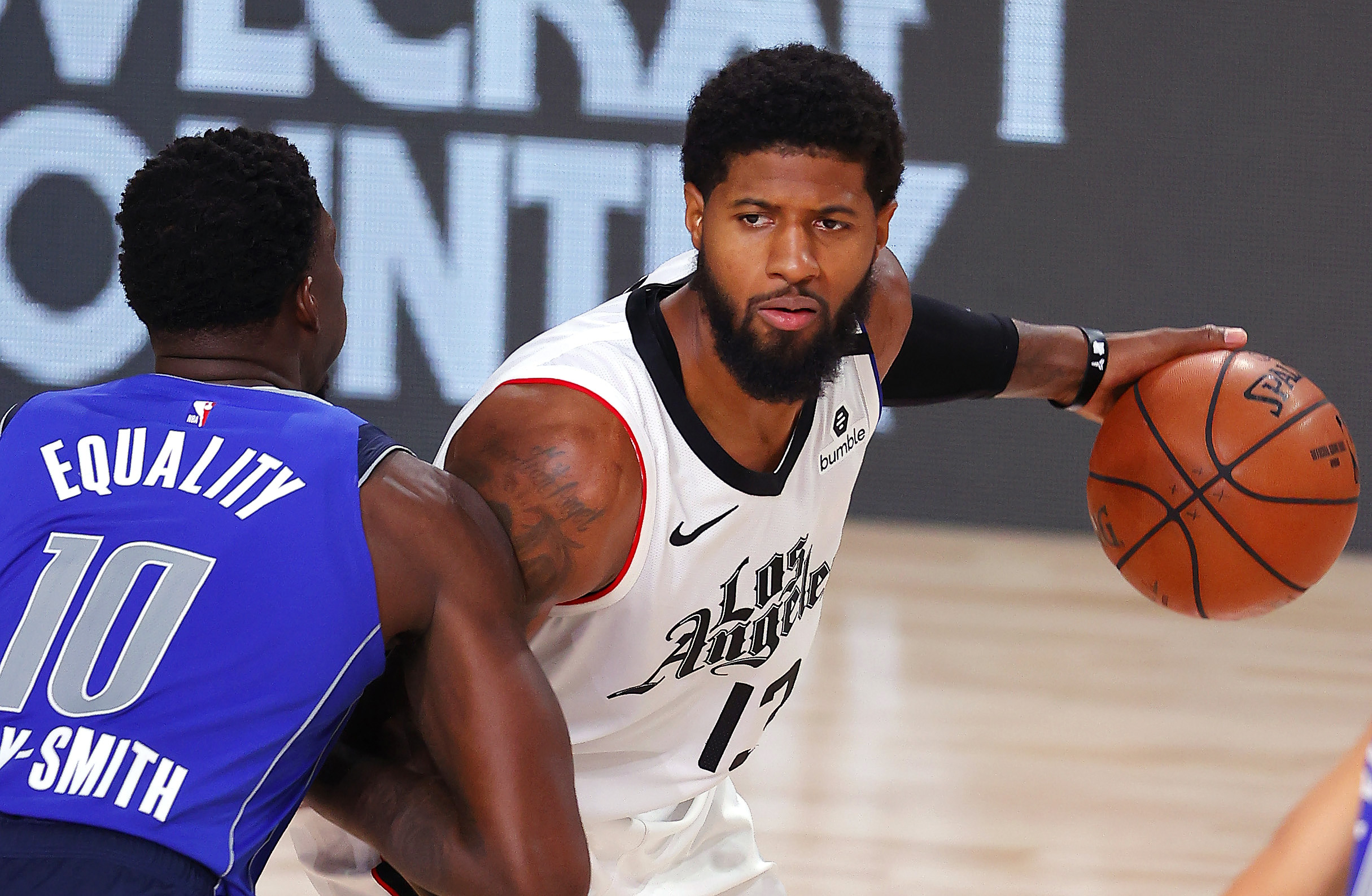
Some NBA stars approach regular season games with all the enthusiasm of teenagers doing household chores. Load management, minimal emotion, and prioritizing off-court ventures create an impression of disengagement.
The decline in defensive intensity feels like watching actors who’ve performed the same play too long. Why should fans invest three hours when players treat games like mandatory corporate training?
Divided Courts: Politics and the Fading Fan
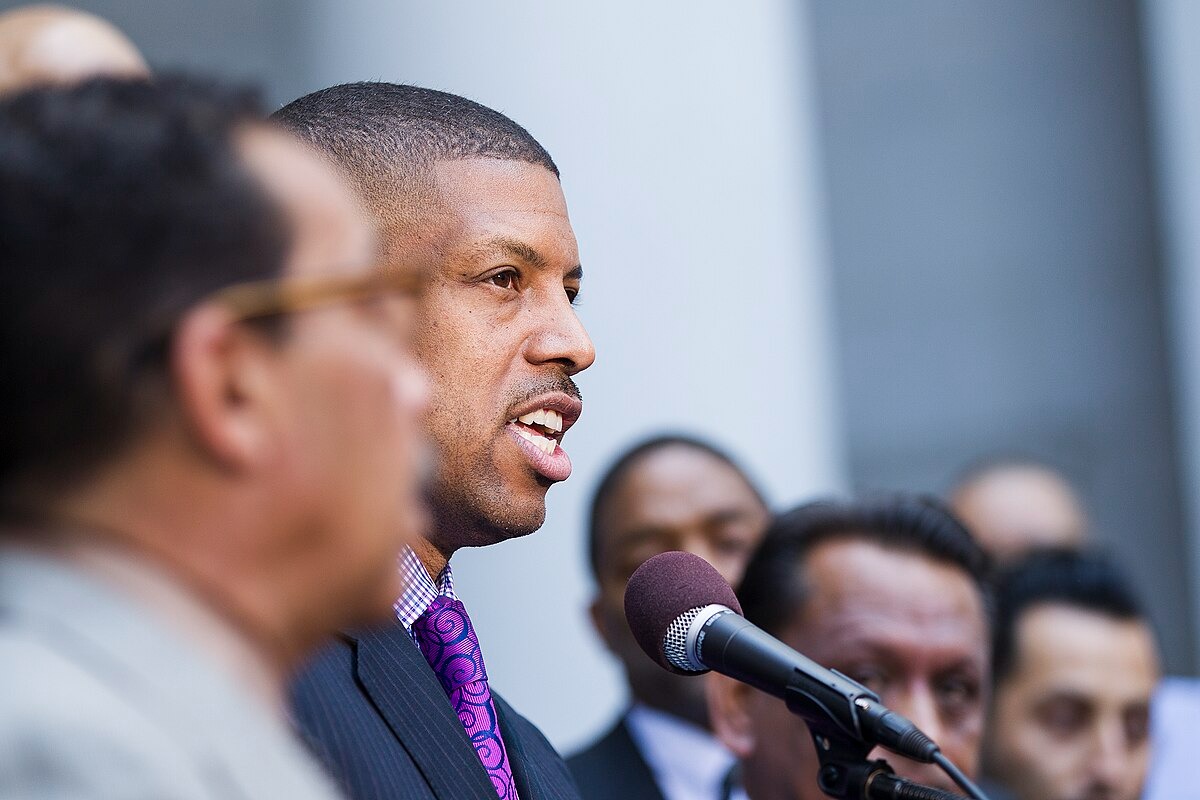
The NBA’s stance on social issues has split its audience like a crossover dribble breaking ankles. League messaging attracts progressive viewers while alienating traditionalists. Research shows 40% of sports fans consider political alignment when choosing what to watch.
Some viewers want athletic entertainment without social commentary. Others appreciate the advocacy. This creates a marketing puzzle more complex than explaining the NBA’s defensive three-second rule to casual fans. The league walks a tightrope between authenticity and alienation.
Arc Overload: The Three-Point Monotony
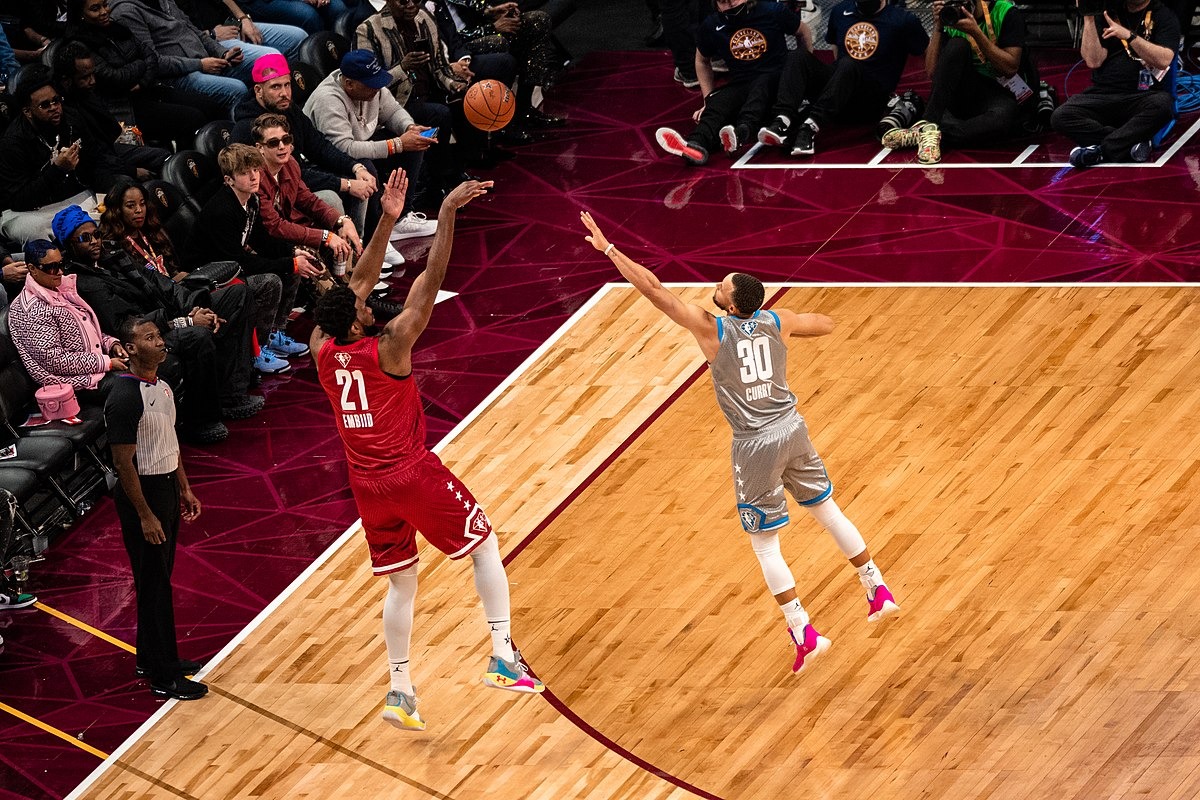
Modern NBA offenses have become as predictable as a Marvel movie plot. Three-point attempts reach record levels each season. Teams construct rosters around perimeter shooting while post play disappears like pay phones.
This approach generates more blowouts than close finishes. The game loses spontaneity with predictable patterns. Young fans enjoy highlight reels while traditional viewers reject this style like restaurant patrons sending back an overcooked steak. Basketball has become a mathematical equation rather than an artistic expression.
The Next Chapter: Charting the Course Ahead
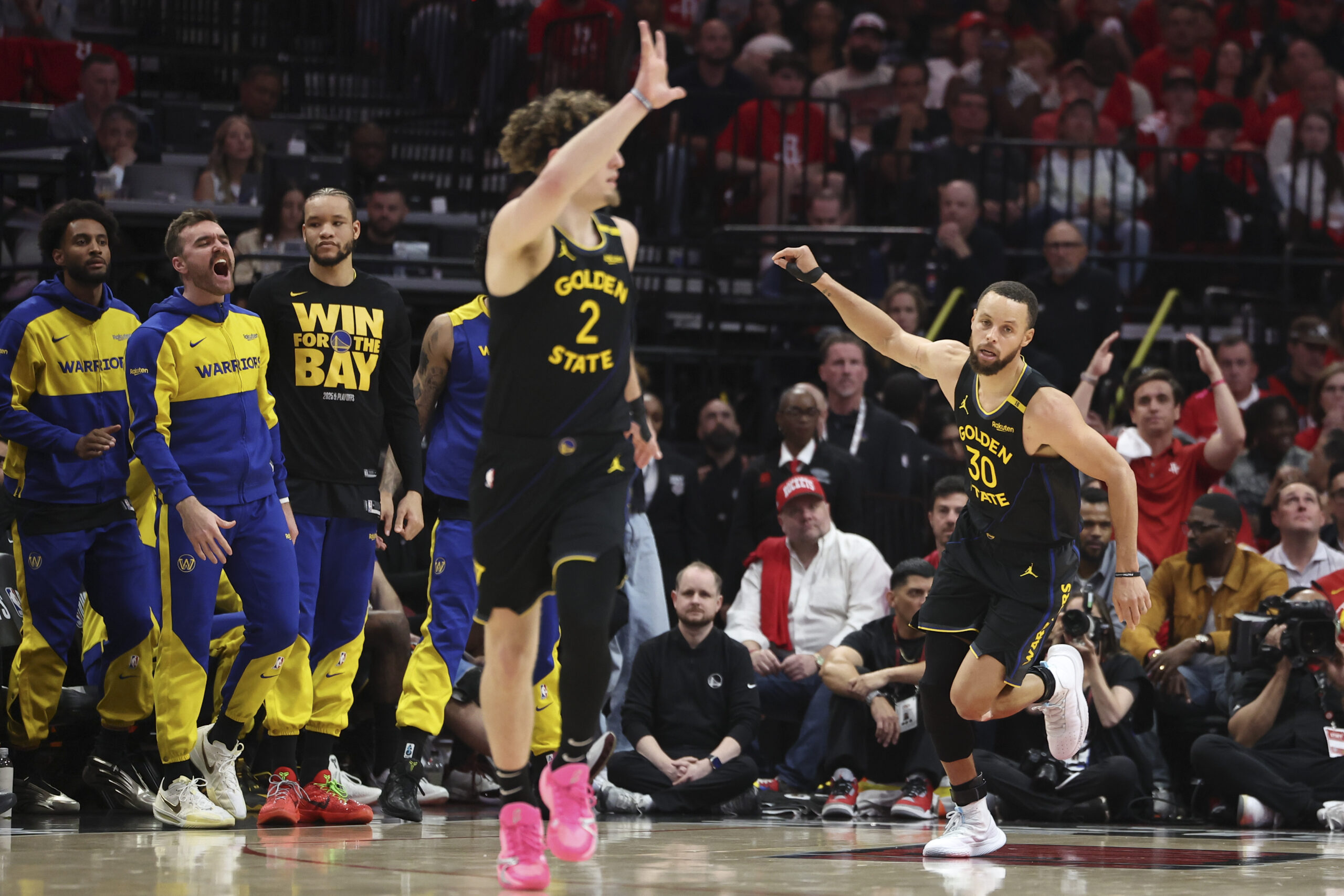
The league’s media strategy resembles a jigsaw puzzle with pieces from different boxes. The upcoming $77 billion rights deal will scatter games across more streaming services.
ABC-aired contests saw a 10% viewership boost, proving accessible games attract eyeballs. Yet the league continues pushing content behind paywalls with the determination of a center fighting for a post position.



